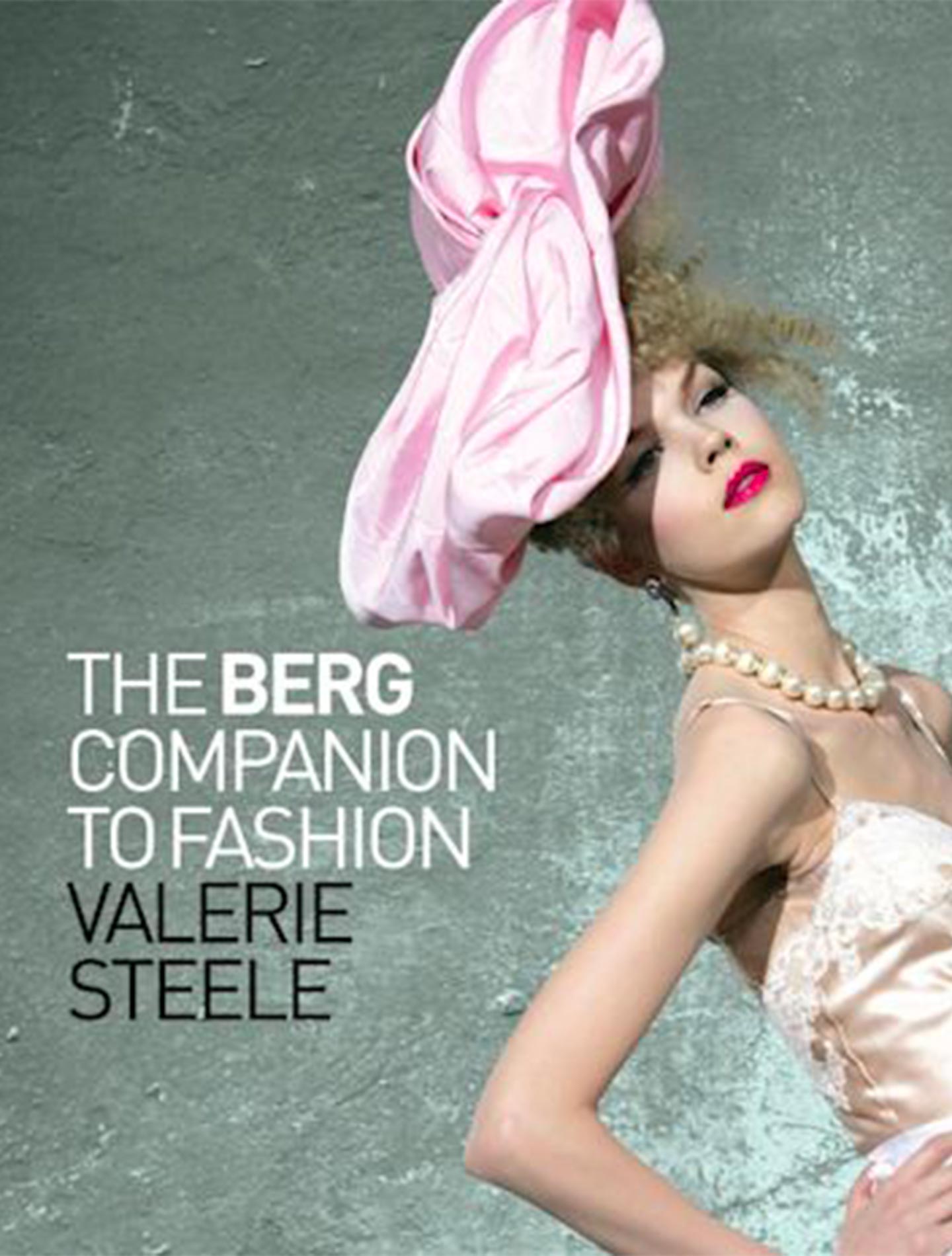6 fashion books to get you in the mood for exploring Mary Quant’s heritage



London has lost another iconic fashion and lifestyle designer; born in 1934, Mary Quant is worldwide recognised as the miniskirt creator in 1960 and an innovator of the fashion retail experience and beauty. Enjoyable and colourful, with tremendously simple design credited to the London youth subcultures, Quant’s fashion styling became increasingly popular and a timeless reference for contemporary fashion designers.
-in-the-workroom-1963.-Image-courtesy-of-Mary-Quant-Archive--Victoria-and-Albert-Museum-��-George-Konig.jpg)
Quant (left) in the workroom 1963. Image courtesy of Mary Quant Archive / Victoria and Albert Museum © George Konig
Much can be discovered by researching the designer’s professional life, collaborations and the inspiration behind her collections. As always, the Istituto Maragoni London Library offers a variety of sources. Here are some suggestions to kick off your research on Mary Quant. Enjoy!
“The whole point of fashion is to make fashionable clothes available to everyone” – British fashion designer Mary Quant
.jpg)
Satin mini-dress and shorts by Mary Quant, photograph by Duffy, 1966 © Duffy Archive
-
Wilcox, C. (ed.), Lister, J. (ed.) and Victoria and Albert Museum (2013) V&A gallery of fashion. London: V&A Publishing. (Available in the London Library)

Wilcox, C. (ed.), Lister, J. (ed.) and Victoria and Albert Museum (2013) V&A gallery of fashion. London: V&A Publishing
It is no secret that Quant was a self-taught designer, and one of the places she used to go for on-site research in London was the Victoria and Albert Museum Collection. Similarly, as a first approach, we suggest this catalogue that lines down the history of fashion in V&A Collection, one of the best research sources for fashion historians, curated chronologically and with a chapter dedicated to the iconic Mary Quant.
-Victoria-and-Albert-Museum,-London-(1).jpg)
The Victoria & Albert Museum hosted the first Mary Quant exhibition for 50 years from early April 2019. Image courtesy of Victoria and Albert Museum
And with it, I recall a past exhibition from 6 April 2019 to 16 February 2020 at the V&A Museum in South Kensington. As the V&A experts explain, “from miniskirts and hot pants to vibrant tights and makeup, this exhibition explored how Mary Quant launched a fashion revolution on the British high street, with over 200 garments, including unseen pieces from the designer’s personal archive.”
Moreover, by exploring the V&A Collection online, students can collect good-quality information and pictures to reference in their research.
-
Homer, K. (2022) Little Book of London Style: the Fashion Story of the Iconic City. London: Welbeck. (Available in the London Library)

Homer, K. (2022) Little Book of London Style: the Fashion Story of the Iconic City. London: Welbeck
This little new book is part of a collection that covers the iconic capitals of Fashion. The volume on London scans the British city as the capital of subcultures, and Mary Quant’s influence also appears on the pop colour flower on the cover, a landmark symbol of the designer. I suggest this book to international students that need to quickly understand the importance of London in the fashion world before even starting academic research.
-
De la Haye, A. (2010) Quant, Mary. In V. Steele (Ed.). The Berg Companion to Fashion. Oxford: Bloomsbury Academic.

V. Steele (Ed.) (2010) The Berg Companion to Fashion. Oxford: Bloomsbury Academic
I always encourage students to explore Bloomsbury Fashion Central deeply as it is a well-known source of valuable books, easily accessible from the Istituto Marangoni online resources. It is full of insights and navigation tools that help get information for research purposes using suitable keywords. For a detailed and informative source on the biography of Mary Quant, the BERG Companion of Fashion, published by Bloomsbury, is a perfect starting reading.
-
Jenss, H. (2015) “Icons of Modernity: Sixties Fashion and Youth Culture”. In Fashioning Memory: Vintage Style and Youth Culture (pp. 37–64). London: Bloomsbury Academic.

Jenss, H. (2015) Fashioning Memory: Vintage Style and Youth Culture. London: Bloomsbury Academic
Among many books, I suggest Fashioning Memory: Vintage Style and Youth Culture, which traces the historical evolution of fashion, setting Mary Quant in the British subculture context of the Mods.
-
English, B., & Munroe, N.H. (2022) “The Popularization of Fashion”. In A Cultural History of Western Fashion: From Haute Couture to Virtual Couture (pp. 95–118). London: Bloomsbury Visual Arts.

English, B., & Munroe, N.H. (2022) A Cultural History of Western Fashion: From Haute Couture to Virtual Couture. London: Bloomsbury Visual Arts
Why not check out the chapter The Popularization of Fashion in the publication A Cultural History of Western Fashion by Bonnie English? “Following the Second World War, changes in the business of fashion were as important as fashion itself,” the authors wrote. “The generation growing up during the 1950s – the ‘baby boomers’ – would propagate the cultural explosion manifested in the arts including music, film and fashion. Dress would symbolise modern ideology to the extent that a fashion scene independent of the established system would be created.”
-
Selvedge magazine. (Available in the London Library)
This is one of the best-printed Magazine resources available in the London Library regarding textiles and makers. In the Selvedge blog, to celebrate the departed icon of fashion, the piece Jersey Girl: Mary Quant’s Knit Revolution reposted an article from the Selvedge Magazine Archive issue (issue 86, p64-66, 2019) that I would like to share again with students.
Silvia De Vecchi
University Librarian, London



